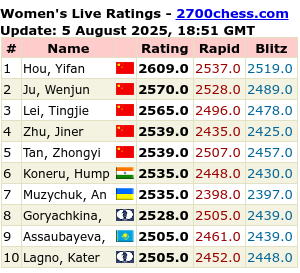Hey, don't be turned off my the post subject, chess has little enough media coverage as it is, so any blip on the radar is good !
The format in this series is a continuation of previous ones , where someone is interviewed over a game of chess about both chess, and their own 'sphere of knowledge/interest/fame', with GM Daniel King giving a rather banal commentary.
This time around there is a distinct chess presence as Garry Kasparov is one of those interviewed, but the series starts with Steve Davis.
Who's he ? asks a large number of readers ?
If you are a snooker fan you will know the name instantly, as he was World Champion in the 1980s, dominating the game for a number of years. His final in 1985 had an amazing 18 million viewers for the last game of the match ( a so-called 'black ball' game as the entire final eventually rested on the last ball of the the last frame).
Davis lost it to Dennis Taylor, but sealed his place in sporting history.
Chess-wise, he was also a dedicated amateur ( best in his school, apparently ) , although by his own admission not a great player.
He co-authored a couple of chess books in the 1980s with English GM David Norwood, both firmly aimed at the amateur.



